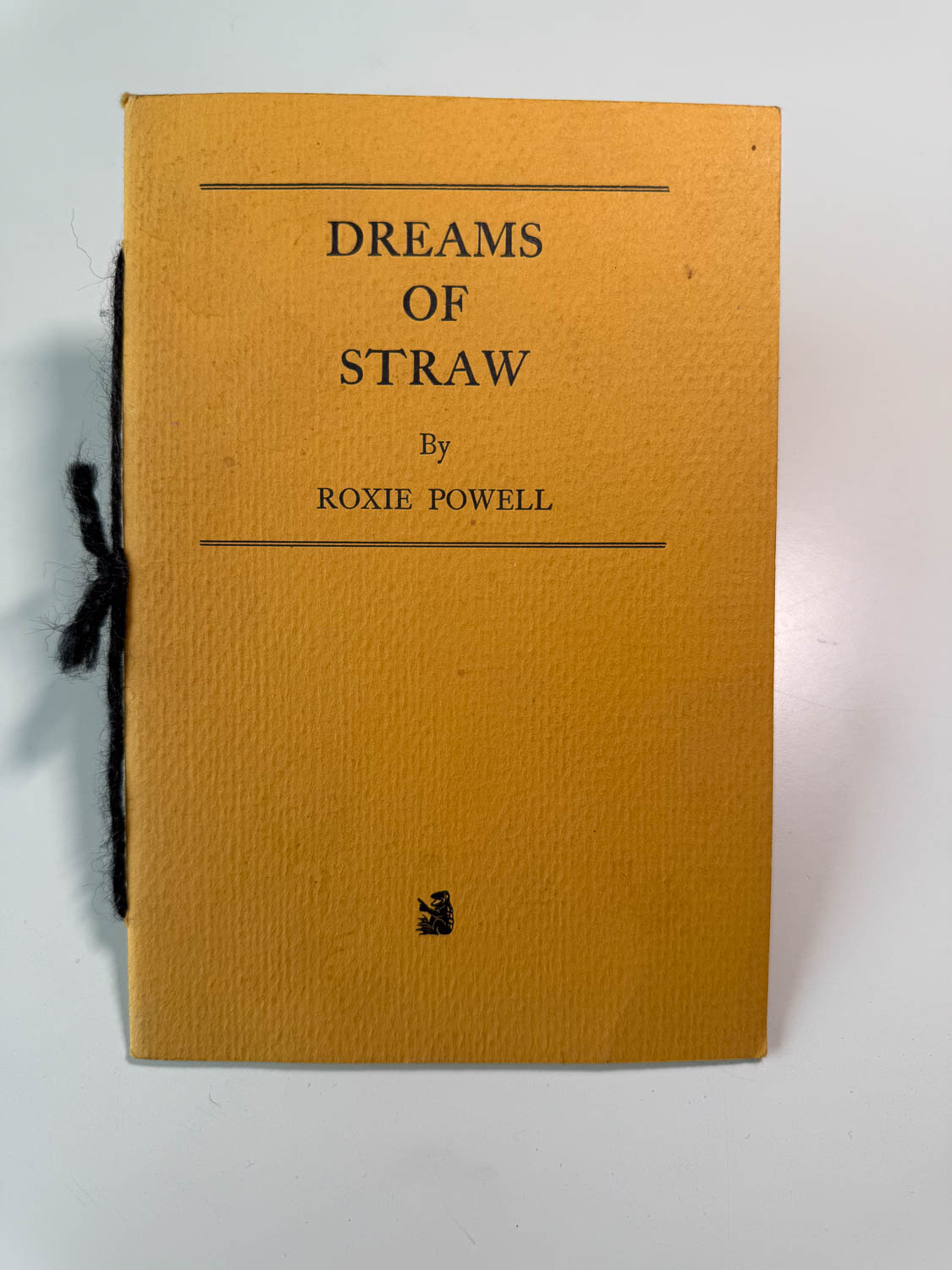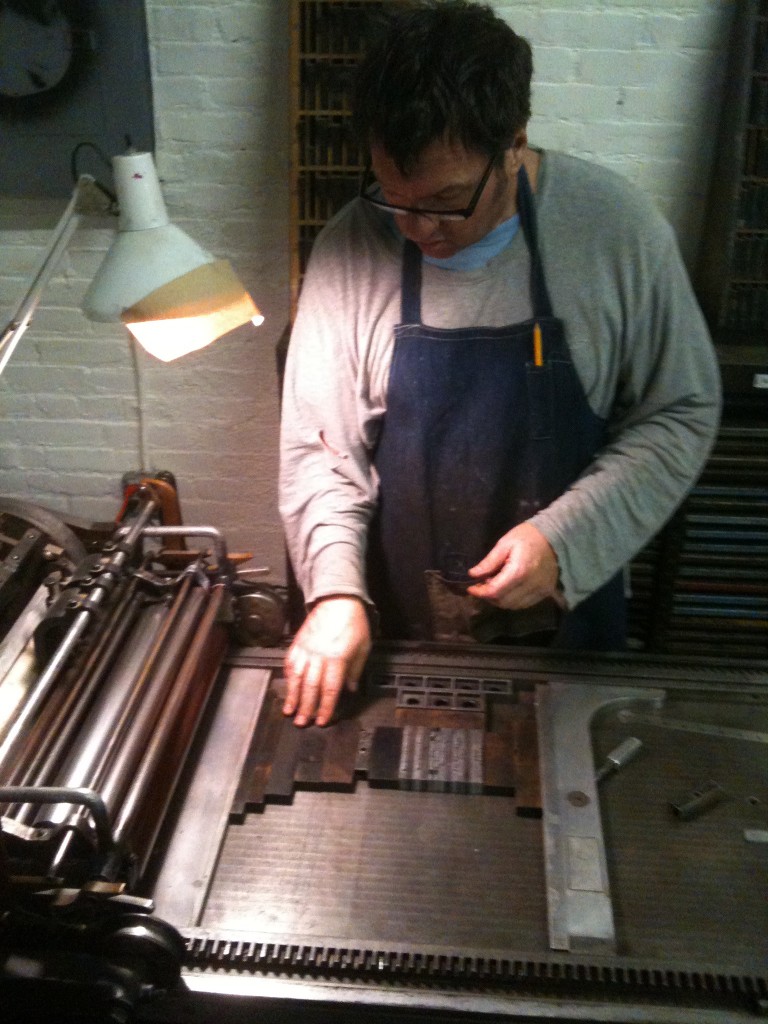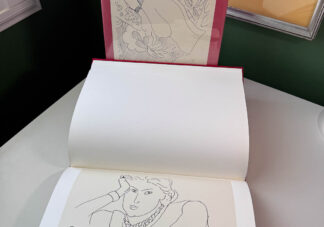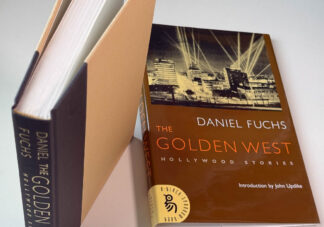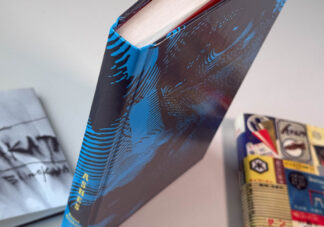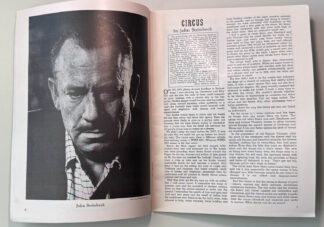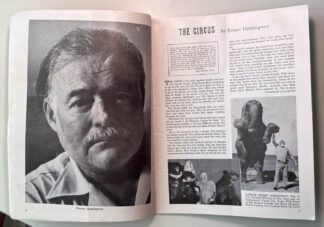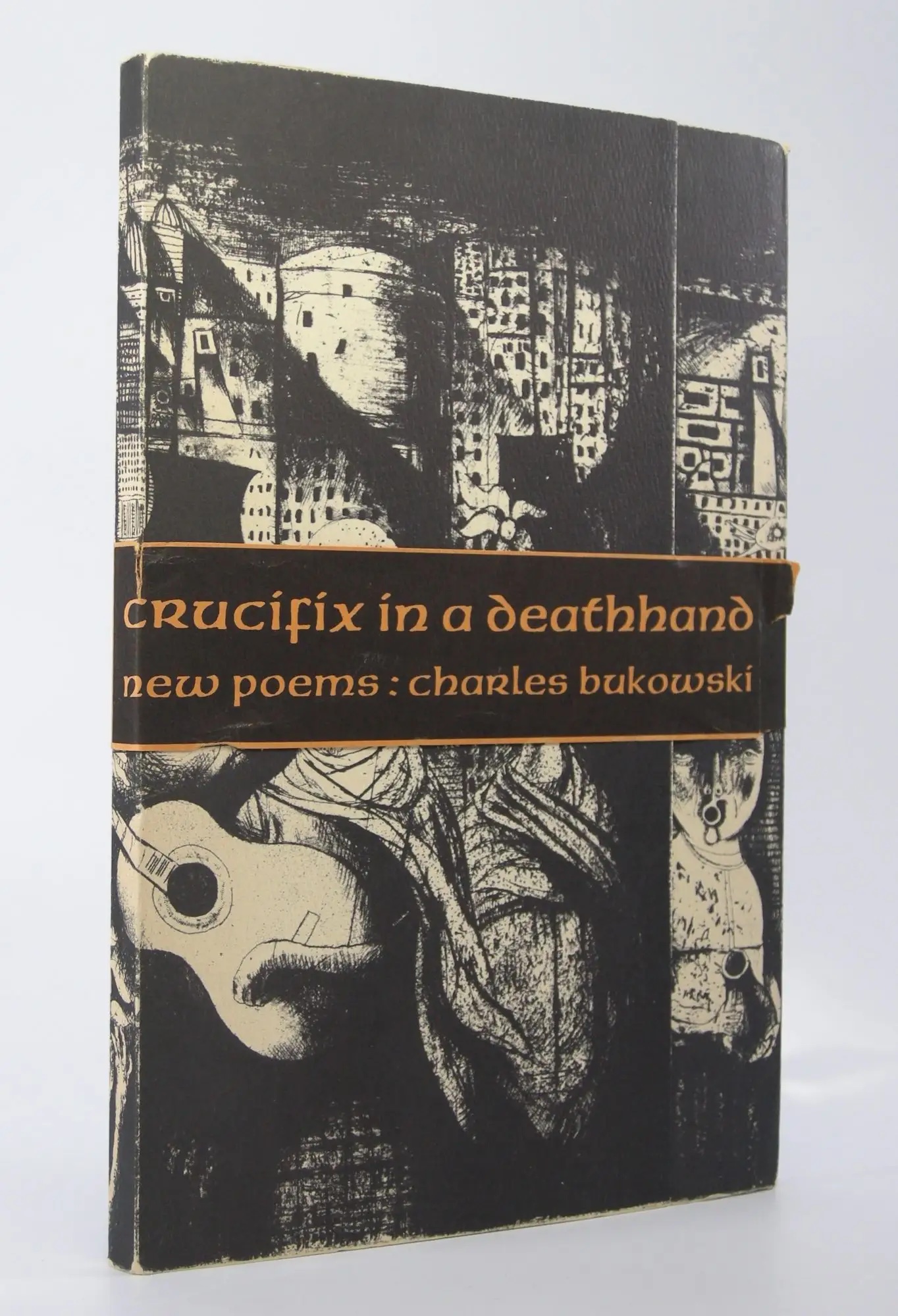
Every career starts somewhere—this one just happens to begin now, aged 61, with a storage locker full of books and the rhythmic whirl of the old Vandy in my garage. Becoming a bookseller, letterpress printer, and publisher wasn’t something I planned as a young man. It was something I discovered through passion and collecting and a deep-rooted love for the tangible, tactile world of print and paper.
Jean Baudrillard from his essay “The System of Collecting“: Among the various meanings of the French word “objet”, the Littré dictionary gives this: “Anything which is cause or subject of a passion. Figuratively and most typically: the loved object”. I remember holding a copy of Bukowski’s Crucifix in a Deathand and being amazed not only by the poetry, but Jon Webb’s creation and thinking I love this book — this object — so much I am going to this is, too.
When I was a kid and my folks took us shopping and couldn’t find me, all they had to do was look in a B. Dalton’s or Walden’s or Brentano’s. Books weren’t just knowledge, they took me places. They were also things that for some unexplained reason I needed to possess. And I needed to buy all of them.
I’m pretty sure almost all dealers start out as collectors, but not all collectors wind up being dealers. Maybe the same thing can be said of publishers? John Martin sold his collection of books (DH Lawrence mainly) to start Black Sparrow, and James Laughlin (New Directions) was a serious book collector whose personal library was extensive and reflected his deep engagement with literature, modernist poetry, and avant-garde works. Charles Scribner (1821–1871) and his descendants, particularly Charles Scribner Jr. (1854–1930) and Charles Scribner III (1890–1952)—who ran the legendary Charles Scribner’s Sons publishing house—were all serious book collectors, too.
Collecting. Printing. Dealing. Publishing. It isn’t just about selling books or printing pages—it’s about preserving history (maybe creating some, too), creating tangible beauty (especially in a digital age), and sharing the written word.


